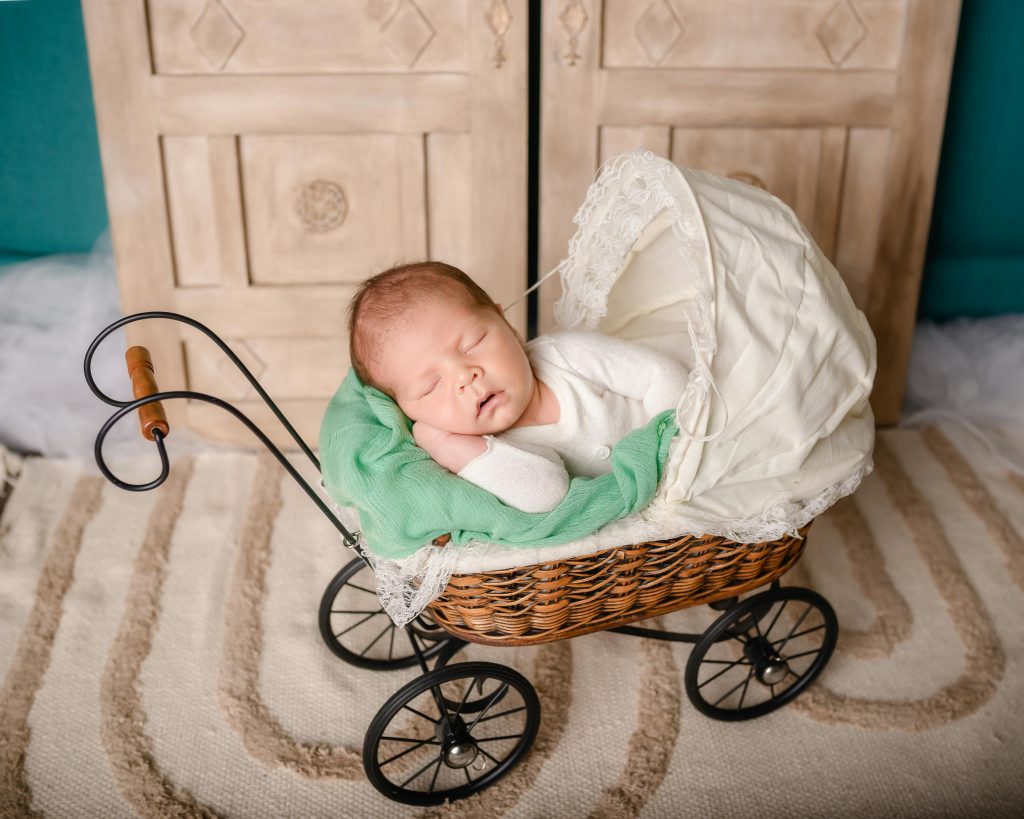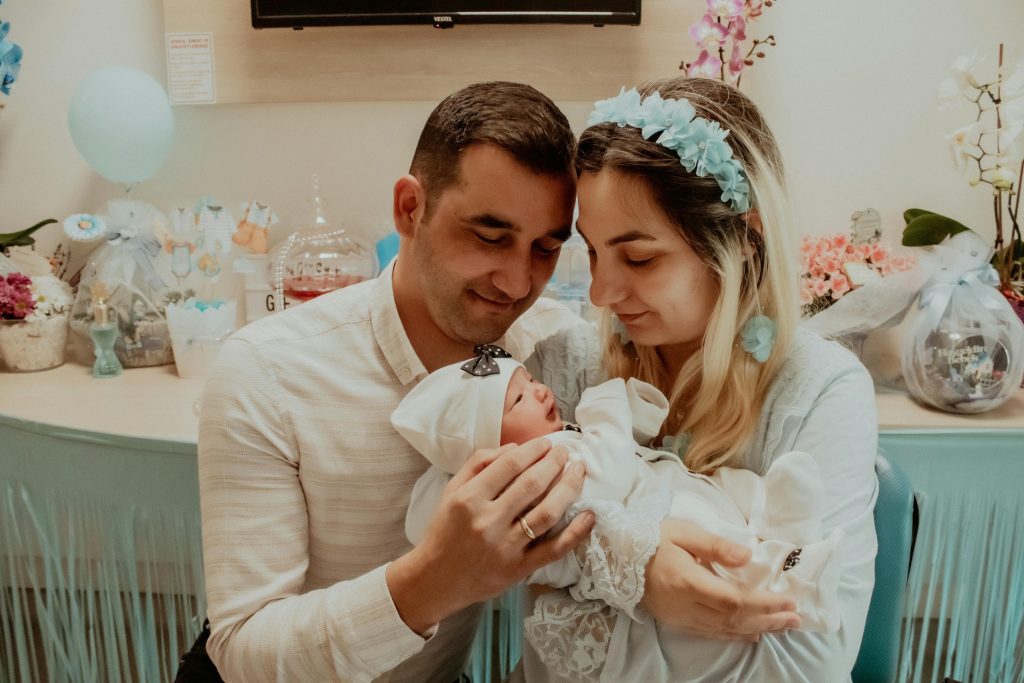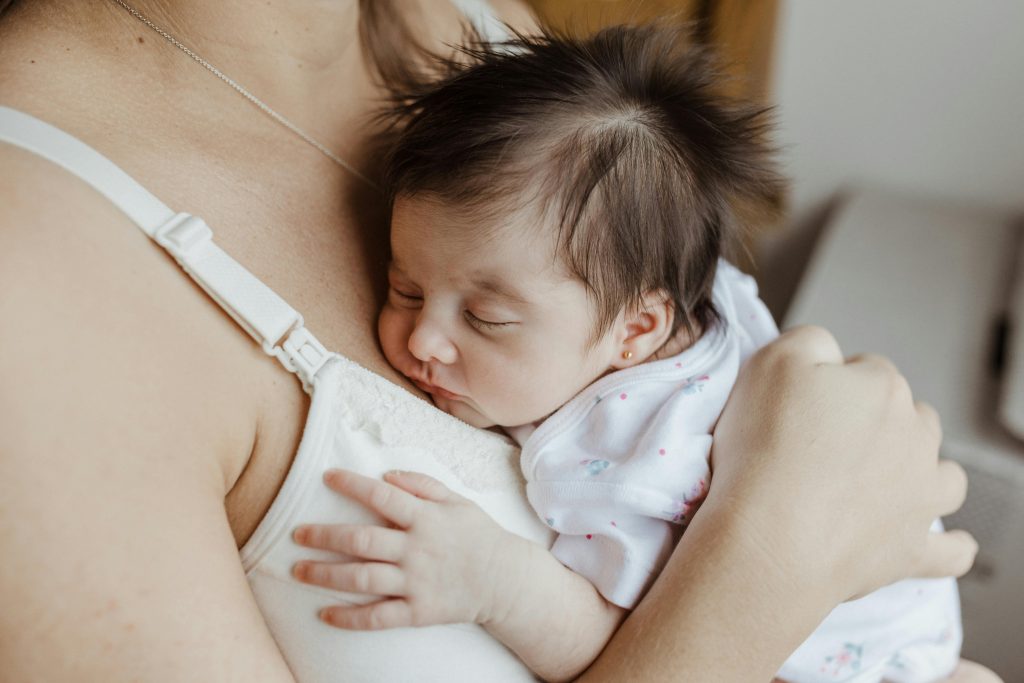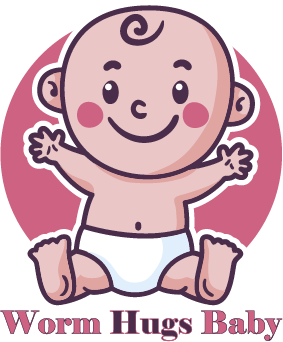
Bringing a baby into the world is one of life’s greatest joys, yet it can also come with its share of worries—especially when it comes to safety. From the moment those tiny toes make their grand entrance, parents inevitably become vigilant protectors. Whether you’re at home or on the go, maintaining a secure environment for your little one is vital. In this article, we’ll explore methods to ensure your baby’s safety in both familiar and unfamiliar settings.
Baby-Proofing Your Home
Home is where we should feel the safest, but when you have a tiny explorer, that can change. Baby-proofing is the essential first step in creating a secure environment for your child.
Assessing Your Home Environment
Start by conducting a room-by-room safety assessment:
- Living Room: Ensure sharp corners are padded and fragile items are out of reach.
- Kitchen: Store cleaning supplies and knives in locked cabinets. Use stove guardrails to prevent accidents.
- Bathroom: Install non-slip mats and keep medications and toiletries high and locked up.
- Bedroom: Choose crib designs that meet modern safety standards, and keep cords from blinds out of reach.
“Baby-proofing is less about barriers and more about creating a space of exploration that is safe.”
Safety Gadgets to Consider
There are an array of products designed to enhance your baby-proofing efforts:
- Outlet Covers: Protect curious fingers from electrical sockets.
- Cabinet Locks: Invest in easy-to-use cabinet locks to prevent access to hazardous items.
- Safety Gates: These are essential if you have stairs in your home.
The Importance of Supervision

Even the safest environment requires consistent supervision.
Active Monitoring
Keep your baby in sight without distraction. Whether you’re cooking in the kitchen or watching TV, create a designated play area within your line of sight.
Baby Monitors
There are various high-tech baby monitors available today that provide peace of mind through features like:
- Video Monitoring: Check in visually; some models even have night vision.
- Movement Sensors: Alerts you if your baby isn’t moving for a set period.
- Two-Way Audio: Allows you to soothe your baby from another room.
On-the-Go Safety
When transitioning from the safety of home to the outside world, maintaining vigilance becomes even more crucial.
Car Safety
Car seats are one of the most critical safety devices for infants. Follow these guidelines to ensure proper usage:
- Choosing the Right Seat: Newborns require rear-facing seats. Ensure the seat is appropriate for your child’s weight and height.
- Installation: Make sure it’s installed correctly—consider checking with a local car seat inspection station for assistance.
Out and About
When you’re out with your baby:
- Secure in Strollers: Always buckle your baby in, even for a quick stop.
- Park Safety: Keep an eye on your surroundings and be cautious around crowded areas.
- Weather Considerations: Adapt your baby’s outfit to the weather; use sun shades on strollers to protect from UV rays and baby hats for extra protection.
Engaging with Experts and Resources

Sometimes, the best advice can come from external sources. Numerous organizations offer valuable insights on child safety:
- American Academy of Pediatrics: Offers guidelines on car seat safety and baby-proofing.
- Safe Kids Worldwide: Provides resources such as safety tips, local events, and checks for hazardous home conditions.
Creating a safe and nurturing environment for your baby is a multifaceted task that calls for attention to detail and ongoing education. From baby-proofing your home to staying vigilant when on the go, every precaution you take reaffirms your dedication to your child’s wellbeing.
So, take that extra moment to secure precarious items, install safety gates, and employ child safety seats—they’re not just items, but investments in your baby’s future.
Remember: Safety is not a destination; it’s a journey. Keep learning and adapting as your little one explores the world.
As parents, let’s share our experiences and insights in the comments below. What steps have you taken to ensure your baby’s safety? Your story could inspire others to tweak their routines for better protection.





